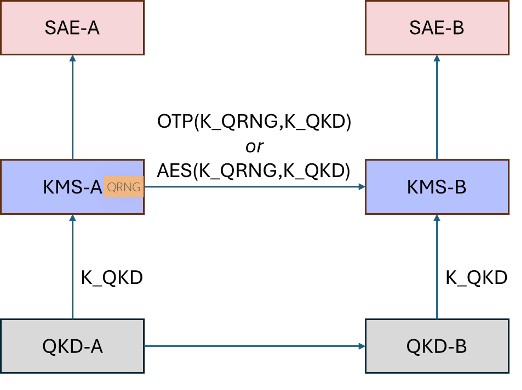As quantum-secure communication evolves, minimizing trust in intermediate nodes of QKD networks is becoming crucial. In our latest contribution to the Allegro Project, we explored a basic scheme that reduces security assumptions on these trusted nodes.
🔑 How? By introducing an additional end-to-end asymmetric encryption layer — even if a node is compromised, user keys remain protected, never exposed in clear.
📌 Our Proof of Concept (PoC), implemented by IDQ, integrates Crystals-Kyber, a NIST-selected post-quantum cryptographic algorithm. Successfully tested in field trials, this hybrid approach supports arbitrary QKD topologies.
Key features:
- ✔️ Static configuration for application-level links
- ✔️ Choice between ITS and quantum-safe (computational) security
- ✔️ Admin-controlled performance vs. security trade-offs
- ✔️ Up to 3 Tb of key material per QKD key in option b
While option b trades full information-theoretic security for quantum-safe efficiency, it empowers admins with flexibility — a pragmatic path to scalable quantum-secure infrastructure.
#AllegroProject #QuantumSecurity #QKD #PostQuantumCryptography #CrystalsKyber #CyberSecurity #TrustedNode #QuantumNetworks #Innovation #KeyManagement

